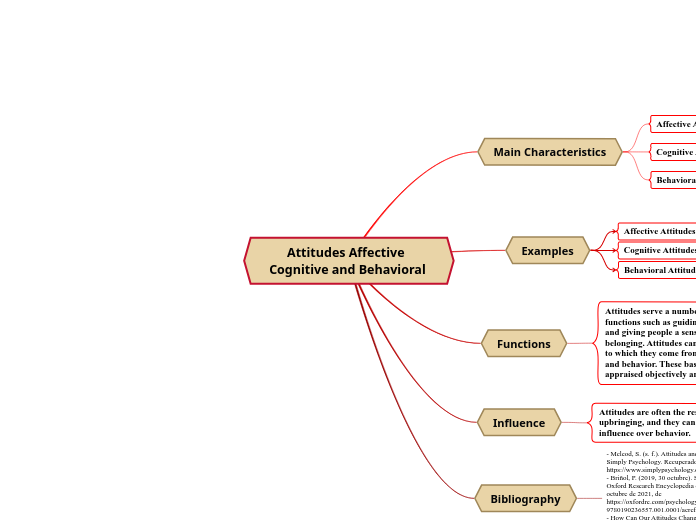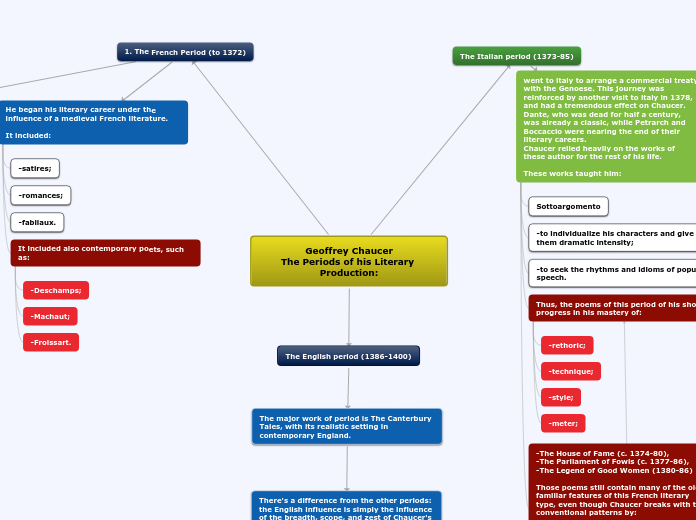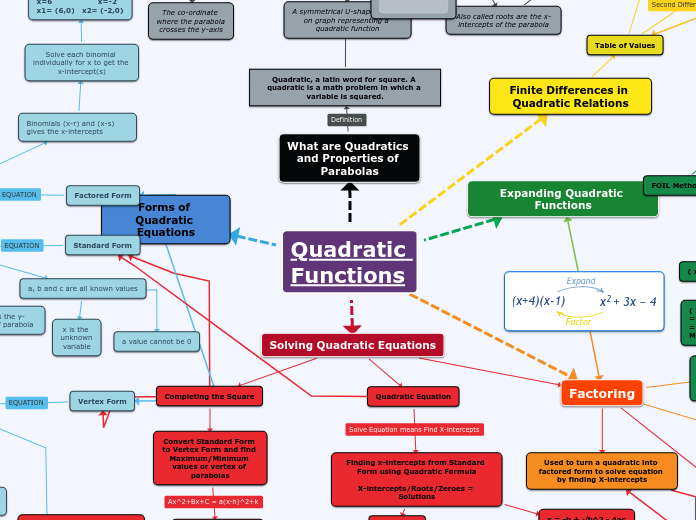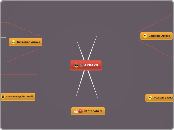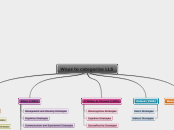Attitudes Affective Cognitive and Behavioral
To name your story, you have to think about the overall message and what you want your audience to understand from the story. Also, make it relevant and easy to remember.
Bibliography
- Mcleod, S. (s. f.). Attitudes and Behavior | Simply Psychology. Simply Psychology. Recuperado 30 de octubre de 2021, de https://www.simplypsychology.org/attitudes.html
- Briñol, P. (2019, 30 octubre). Structure and Function of Attitudes. Oxford Research Encyclopedia of Psychology. Recuperado 30 de octubre de 2021, de https://oxfordre.com/psychology/psychology/view/10.1093/acrefore/9780190236557.001.0001/acrefore-9780190236557-e-320
- How Can Our Attitudes Change and Influence Behaviors? (2020, 3 mayo). Verywell Mind. Recuperado 30 de octubre de 2021, de https://www.verywellmind.com/attitudes-how-they-form-change-shape-behavior-2795897
Influence
Attitudes are often the result of experience or upbringing, and they can have a powerful influence over behavior.
Functions
Attitudes serve a number of important functions such as guiding choices and actions and giving people a sense of identity and belonging. Attitudes can differ in the extent to which they come from affect, cognition, and behavior. These bases of attitudes can be appraised objectively and subjectively.
Examples
In the beginning of the story (or the exposition), you will need to introduce the setting and characters. You might also want to introduce the main conflict. This part of the story is important because it gives the reader necessary background information and maybe even a first insight into a character’s personality.
“I will avoid rats and scream if I see one”.
“I believe rats are dangerous and disgusting”.
“I am scared of rats”.
Main Characteristics
Behavioral Attitudes
The way the attitude we have influences on how we act or behave.
Cognitive Attitudes
This involves a person’s belief / knowledge about an attitude object.
Affective Attitudes
This involves a person’s feelings / emotions about the attitude object.
